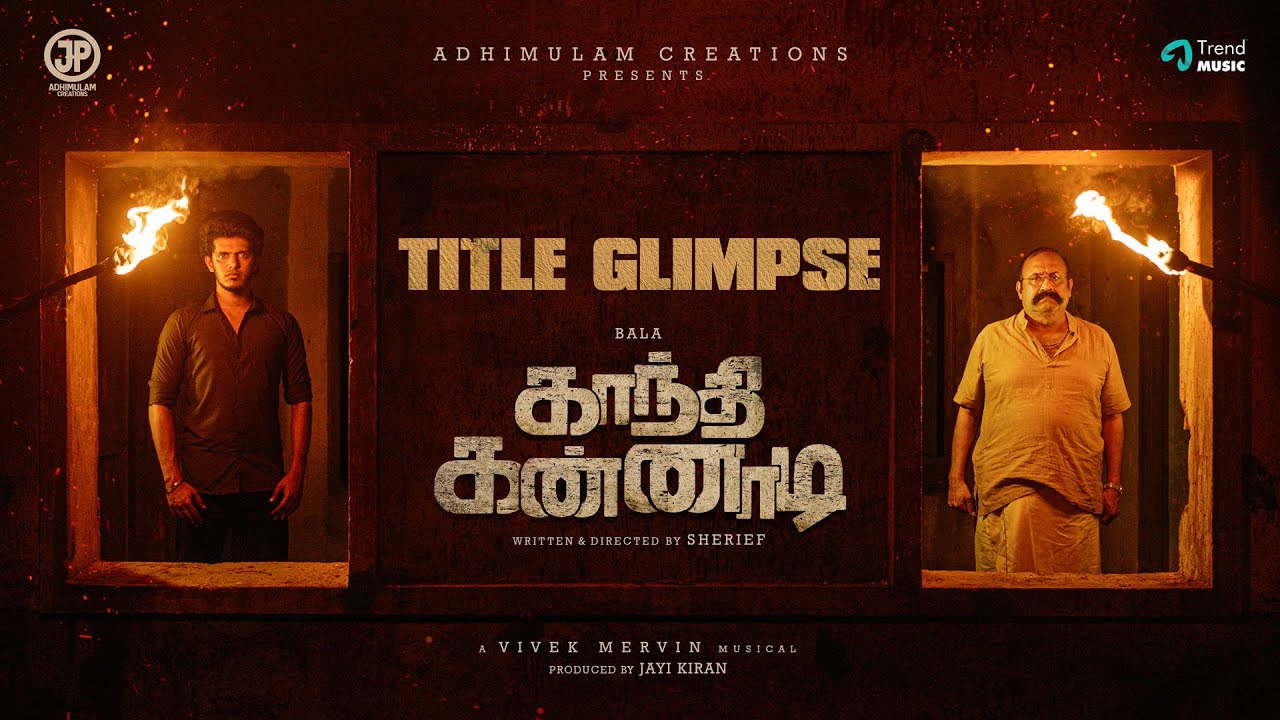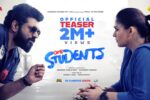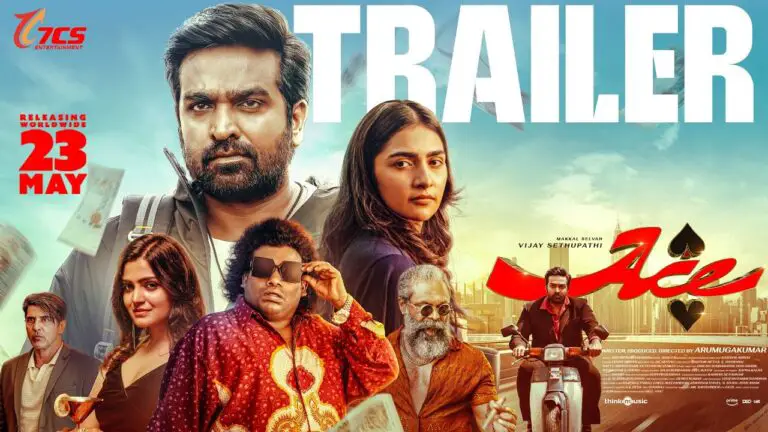Gandhi Kannadi Movie 2025 Bapamtv Review Details
Gandhi Kannadi (2025) Movie Review: Director Sherief’s Vision Unfolds in a Grounded Emotional Drama
Introduction
Gandhi Kannadi (2025) stands as a heartfelt cinematic offering that merges grounded storytelling with socially conscious themes. Directed by Sherief, this film highlights his unique vision through deeply personal narratives and emotionally rich performances.
Sherief, best known for “Ranam: Aram Thavarel,” explores a different tone here. With KPY Bala in a transformative lead role and support from seasoned actors like Archana and Balaji Sakthivel, the film gains weight and nuance.
Director Sherief’s Vision
Sherief’s directorial approach prioritizes authenticity over spectacle. His aim is to capture the emotional core of his characters, framing them within real social settings.
From the first scene to the last, it’s evident he wants viewers to feel, not just observe. His restraint in avoiding melodrama enhances the emotional impact of the film’s core message.
Signature Directorial Choices
Sherief employs minimalistic techniques—tight frames, natural lighting, and ambient soundscapes. These decisions pull viewers into the world of the protagonist without distraction.
He opts for non-linear storytelling during emotional flashbacks, seamlessly integrating memory with current struggles. The pacing never rushes, giving characters space to evolve organically.
Inspirations and Stylistic Influence
While the film is grounded in Tamil cultural nuances, influences from Iranian and Malayalam new-wave cinema are noticeable. These cinematic traditions prioritize internal conflict and moral realism—elements visible throughout Gandhi Kannadi.
The director’s decision to cast a comedian like Bala in a serious role echoes recent casting trends in indie cinema. It reflects a trust in raw talent over typecasting, a bold and rewarding move.
Comparing Sherief’s Previous Work
Compared to “Ranam: Aram Thavarel,” which leaned into thriller territory, Gandhi Kannadi feels more intimate and mature. Sherief’s storytelling here is subtler, revealing a filmmaker more comfortable with silence and vulnerability.
His evolution as a director is evident. While Ranam was technically tight, Gandhi Kannadi is emotionally expansive and more accessible to general audiences.
Performances Aligned with Directorial Style
KPY Bala flourishes under Sherief’s direction. Every reaction shot, pause, and emotional beat feels deliberate yet unrehearsed, a balance that few directors can maintain.
Archana and Balaji Sakthivel ground the narrative, offering performances that elevate the film’s tone. Their scenes reflect Sherief’s ability to guide actors into delivering understated brilliance.
Screenplay and Dialogue
Sherief, also the writer, crafts dialogues that are lean yet emotionally resonant. Conversations feel organic, echoing everyday Tamil speech with poetic undertones during key scenes.
The screenplay integrates political subtext with emotional arcs, presenting both without compromise. The local election backdrop never overshadows the character journeys.
Production Design and Cinematic Language
Sherief collaborates with Manimozhiyan Ramadurai to build a believable world rooted in Tamil Nadu’s sociopolitical landscape. The sets, costumes, and props reflect realism with attention to visual tone.
Balaji K Raja’s cinematography echoes Sherief’s visual minimalism. Long takes, natural lighting, and face-framing shots emphasize emotional authenticity.
Comparison within Genre
Gandhi Kannadi fits within the genre of socially-rooted emotional dramas like “Peranbu” or “Jai Bhim.” However, Sherief’s film avoids heavy legal or philosophical discourse in favor of personal resilience and ethical choices.
This makes it more approachable and quietly powerful. Within 2025’s landscape, it stands as one of the few Tamil films blending mass appeal with artistic depth.
Box Office and Reception
Despite being a low-key release, Gandhi Kannadi is receiving warm responses at early screenings and festivals. Word-of-mouth praises Bala’s acting and Sherief’s focused storytelling.
Its modest box office earnings reflect its indie nature, but positive critical reviews are positioning it as a sleeper hit. Audience empathy is driving repeat viewings.
Technical Team’s Impact
The cohesive collaboration between Sherief and his crew enhances the film’s overall feel. Editor Shivanandeeswaran maintains a seamless flow, while sound designer Raju Albert builds an immersive experience.
The music duo Vivek-Mervin adds an emotional dimension that complements Sherief’s tone. Songs like “Gandhi Kannadi” amplify the story without overwhelming it.
Table: Key Credits and Creative Choices
| Aspect | Details |
|---|---|
| Director | Sherief |
| Signature Style | Realism, Emotional Intimacy, Non-linear Narrative |
| Cinematography | Balaji K Raja – Earthy and Character-Focused |
| Lead Actor Transformation | KPY Bala – From Comic to Emotional Lead |
| Music | Vivek-Mervin – Subtle and Folk-Inspired |
Star Rating
| Category | Rating (Out of 5) |
|---|---|
| Direction | 4.5 |
| Screenplay | 4 |
| Performances | 4.5 |
| Technical Aspects | 4 |
| Overall | 4.2 |
Note: Ratings may vary with wider audience feedback
Conclusion
Gandhi Kannadi is a director-driven film that shines through its simplicity, sincerity, and emotional clarity. Sherief proves that grounded storytelling still holds immense power in modern cinema.
It’s a film for viewers who appreciate quiet brilliance over loud spectacle. With its universal themes and local flavor, Gandhi Kannadi is a must-watch for lovers of meaningful Tamil cinema.
FAQs
What is the core message of Gandhi Kannadi?
The film promotes integrity, empathy, and personal resilience amidst societal pressures.
How does Sherief’s direction stand out?
He focuses on emotional truth, avoids clichés, and allows characters to breathe within real-world contexts.
Is KPY Bala convincing in a lead emotional role?
Yes, he delivers a breakout performance, shedding his comic identity to reveal surprising emotional depth.





